A guide to mitigating heat stress in housed cattle
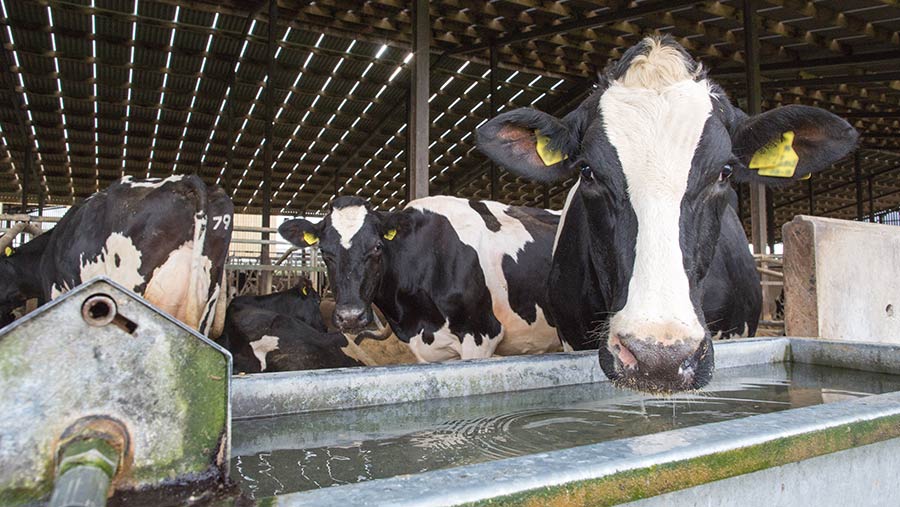 © Tim Scrivener
© Tim Scrivener Left unmanaged, heat stress can have hugely detrimental effects on cattle. It impacts health and wellbeing, reduces performance and feed intake, and can also cause issues with fertility.
Below, building specialist Jamie Robertson talks through the practical steps farmers can take to mitigate against heat stress and highlights some of the changes a dairy farm in Devon could make to keep stress to a minimum.
How does heat stress occur?
The onset of heat stress is based on more than just temperature, and instead is the outcome of both temperature and humidity.
Under warm weather conditions, Mr Robertson says it is important to use the Temperature Humidity Index to understand the heat felt by cattle more accurately.
How can heat stress be mitigated?
There are a number of practical steps farmers can take to ensure ventilation is effective and reduce the risk of heat stress in cattle:
- Look at building design to maximise natural ventilation – consider the effectiveness of both inlets and outlets
- Provide good access to clean water
- Avoid/rectify any potential causes of overstocking
- Maximise moisture management – look specifically at floors and drainage to minimise humidity challenges
- Consider the impact of the diet – balanced nutrition can significantly reduce cow body temperatures
- Paint out rooflights, particularly on south-facing roofs, and keep roofs clean – clean roof materials absorb less solar energy
- Avoid tin roofs where possible. These increase energy gain underneath the roof
- Consider fans for cooling, and misting in well-ventilated, high-risk spaces
Where fans are appropriate, Mr Robertson says there are some basics to get right. These include installing in the direction of the prevailing wind and ensuring that air flows around cattle – rather than over their heads.
How can you tell if there is an issue?
Cows will display physical symptoms of heat stress including panting, lethargy and reduced feed intake.
A rapid ventilation assessment is a quick way of getting a ballpark overview of how effective ventilation is in an existing building.
Assessments should be based on the following:
- Outlet area in the ridge = approximately 0.1sq m a cow
- Minimum inlet area in each sidewall = same area as outlet area
- Optimum inlet area in each sidewall = double the outlet area
Mitigating heat in action: Case study – Jim Kirk, Heanton Barton Farm
At a recent strategic dairy farm event hosted by AHDB and dairy farmer Jim Kirk, building specialist Jamie Robertson carried out a farm buildings assessment of Heanton Barton Farm, near Okehampton in Devon.
Below are Mr Robertson’s six key findings and recommendations to minimise the risk of heat stress on the 600-head dairy farm.
- Far-off dry house
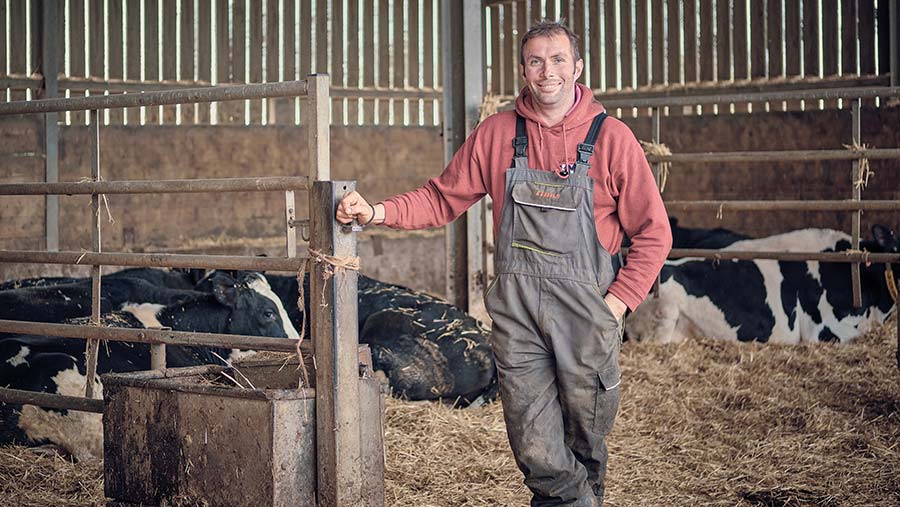
© AHDB
Design: A-frame building measuring 32x16m, with 60 cubicles and a lean-to for 40 cows.
Assessment: A rapid ventilation assessment showed the building has less than a quarter of the outlet required. This is likely to cause heat stress in the summer months.
Recommendations: Priority action should be focused on the ridge sheets, which are providing less than 25% of the outlet needed. The optimum action would be to remove all the ridge fittings and fix a covered open ridge with a 200mm total gap across the full length of the shed, to give 6.4sq m of outlet.
- Dry cow/calving shed
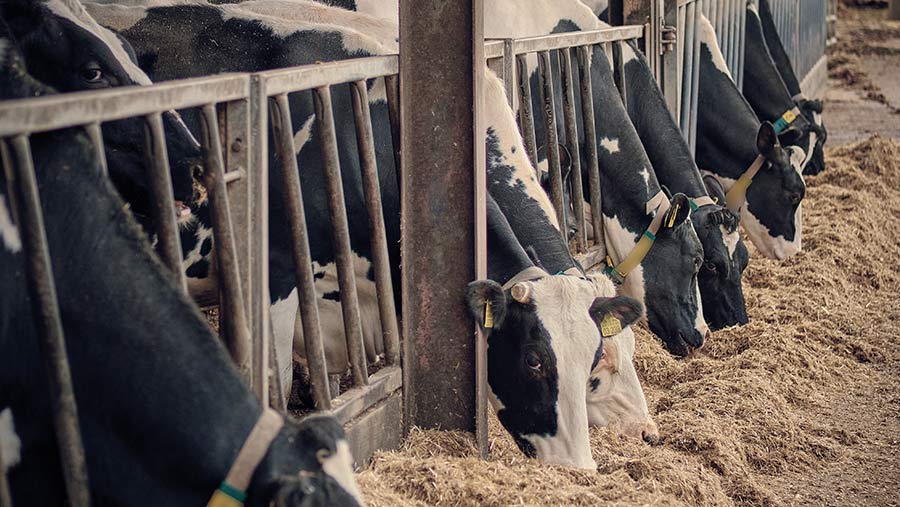
© AHDB
Design: 10-year-old monopitch building measuring 50x8m.
Assessment: Ventilation was not deemed an issue, although the cows prefer the south-west end of the monopitch where there is likely to be more fresh air and air movement for more of the year.
Recommendations: No action required.
- Heifer/calvers shed
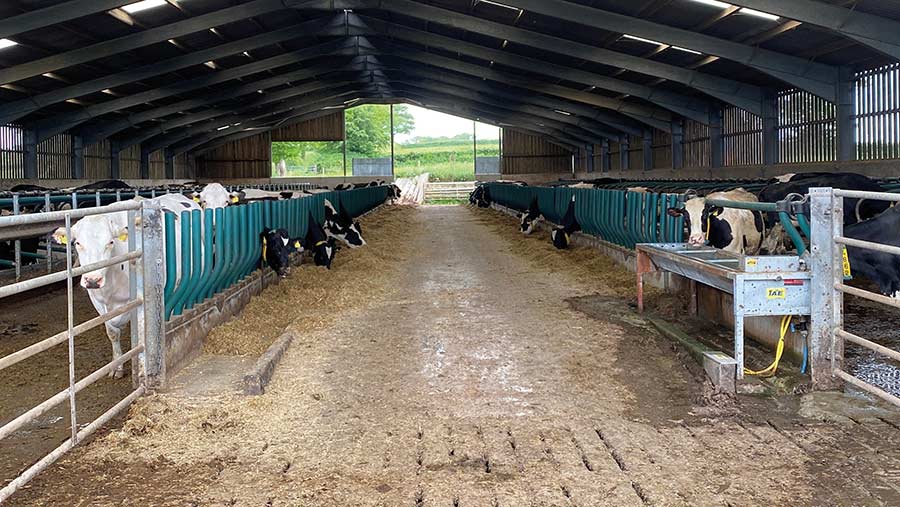
© Jim Kirk
Design: A-frame building measuring 55×32.5m. This is a new building with 140 cubicles.
Assessment: A rapid ventilation assessment showed the building has almost 80% of the outlet required. The sidewalls are excellent for an exposed site, but the depth of spacing timber between the two rows of Yorkshire board could impact cooling and air speed in summer months.
Recommendations: Measure the gaps at the ridge to provide a more accurate figure for the ridge outlet. Paint out the roof lights on the south side of the building to minimise solar gain in the summer months.
Consider opening up the cladding on the sidewall by adding another 25mm tanalised batten between the two rows of boards. This would double the inlet area without causing issues with water and wind entering the building over the winter months.
- Fresh calvers shed
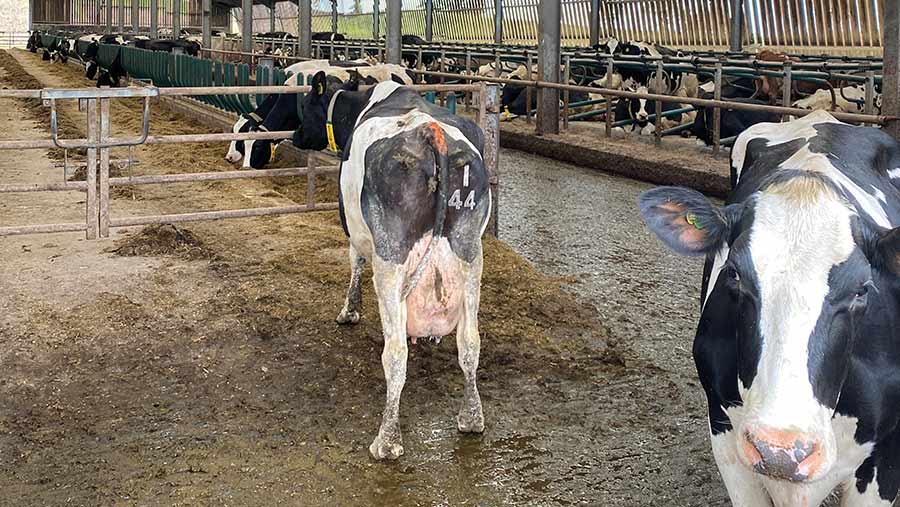
Design: A-frame building measuring 72x 32.5m. This is a new building with 240 cubicles.
Assessment: The building has about 75% of the outlet required, according to the rapid ventilation assessment. This shed also features sidewalls, but this building is well protected from the prevailing wind as it is built deep into a hill, so natural cooling will be limited.
Recommendations: Again, it is worth accurately measuring the ridge dimensions and painting out the roof lights on the south side of the building.
Once natural ventilation is maximised, consider the possibility of fan cooling. Two rows of four fans would be ideal, but it is important to consider the capital and running costs of doing this.
- Main cubicle shed
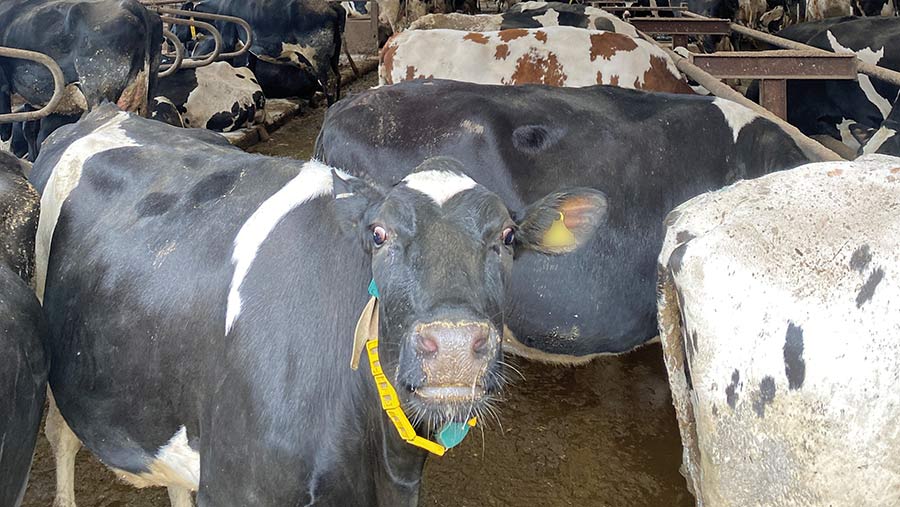
© Jim Kirk
Design: This is an old building located beside the parlour and collecting yard. It is 20 bays long, with space for 350 cows.
Assessment: This building is sheltered from the wind because of its position between other buildings. The goal should be to extract as much vented air from the ridges as possible.
Seventeen bays have crown ridge sheets, which will be giving less than 25% of the required outlet. In addition, the eight bays at the end of the shed are likely to have just 10% of the required outlet. Heat stress is highly likely to occur in this building.
Recommendations: Better measurements of the ridge would be beneficial. Measure the gap between the top roof sheets and between the two top purlins. This information will allow a suitable estimate of costings for a refurbishment of the ridge. Making this improvement could lead to uplifts in yield and fertility.
As with the other buildings, fan cooling could also improve the management of heat stress.
- Calf building
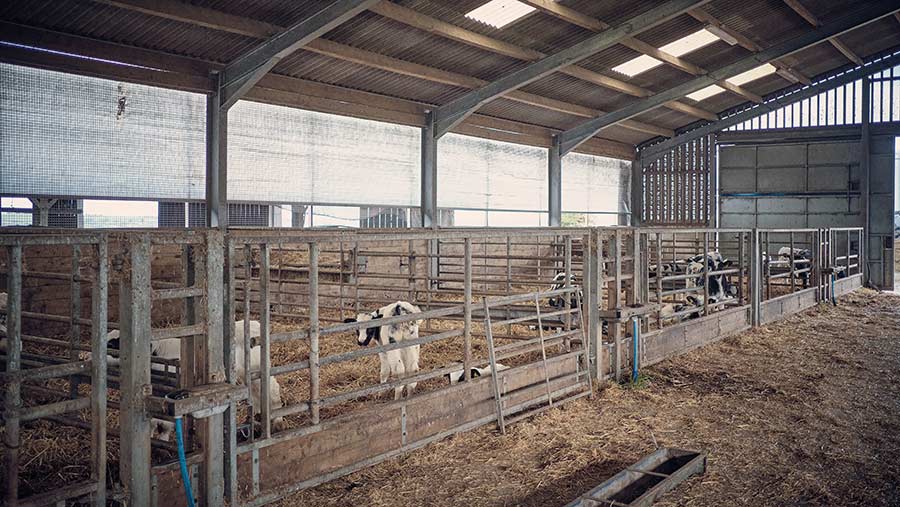
© AHDB
Design: A mostly well-designed new building featuring two-stage housing consisting of initial paired pens followed by group pens.
Assessment: There is a curtain on the windward side of the shed, which is excellent for ventilation.
There is good drainage throughout, but the paired pens are difficult to clean effectively. This could present a moisture challenge and other health issues.
The top hat ridge was also identified as not productive because there is positive pressure in the ridge gap more than 90% of the time.
Recommendations: All calf buildings of this type of design will benefit from positive pressure tube ventilation. This sucks in clean air via an external fan at the end of a long tube and is then blown down and out through a series of holes across the calf shed. A single tube system in this building would cost about £2,000. Return on investment can be estimated by looking at current medicines use.
Summary
There are many good design details on this unit, but also plenty of potential to reduce the risk of heat stress. However, fan systems should only be considered once all natural ventilation opportunities have been maximised.
Action plan
Based on Mr Robertson’s recommendations, Mr Kirk has already made changes to the buildings and has future modifications in the pipeline.
Changes made
- In the main cow shed (picture 5) the bottoms of the sidewalls have been let out to encourage airflow between the wall and the side cladding.
Future changes
- Changes will be made to rectify the ridge issue in the calf building.
- As with the main shed, there are plans to splay the bottom of the sidewalls out on all sheds. This costs nothing but time and can have a big impact.
- The long-term ambition is to build a new dry cow shed. Design will be based on Mr Robertson’s recommendations to maximise natural ventilation.
